2. Identify Central Ideas & Supporting Details
3. Explain how the Details Develop the Central Idea
Analyzing Central Ideas - What does that mean?
Review Practice - Making Inferences & Identifying the Central Idea and Supporting Details
Analyzing Central Ideas
details, we need to explain how the author uses those supporting
details to develop the central idea.
Analyze the Development of Central Idea
else does - by thinking creatively, putting ideas together in
new ways, drawing on past experiences, and looking at the world
differently.
Suzanne Collins's Novel Idea
As a child, Suzanne Collins loved myths--in particular,
she loved the myth of Theseus. In this myth, as a punishment
for past wrongdoing, the citizens of Athens are forced to
send their children as tributes to Crete. There they will fight the
Minotaur - a monster they had no hope of defeating.
Collins was fascinated by the idea of a society so powerful
and cruel that it could force another society to give up its
children, sacrificing them as retribution for past crimes. Her
fascination with the myth helped shape her idea for the novel
The Hunger Games.
The idea came about one evening as Collins was "channel surfing."
She switched between two programs: one was about a group
of teenagers competing for prizes, and the other program was about
teenagers fighting in a war. As Collins flipped from one channel to
the other, she asked a question man great writers ask: what if?
What if children competed in games to the death like Roman
gladiators did? What if a government controlled citizens by randomly
selecting their children to participate in a brutal game that could only
have one winner? What if a girl took her little sister's place in this
fight to the death; could she survive?
By combining her channel surfing experience and her childhood
fascination with the Theseus myth, Suzanne Collins created a
story idea that has captured the interest of many, many readers.
Collins's writing career began in 1991 when she started writing
for children's television shows. She had been working on TV
scripts for several years when a fellow writer encouraged her to
try writing a novel. Her first book was Gregor the Overlander.
It's the first book in a series of five novels that tell the story of a
boy who discovers a world underneath the streets of New York City.
Themes
Both The Underland Series and The Hunger Games deal with
themes of war. Perhaps that is because Collins's father was in
the Air Force, and he fought in the Vietnam War. As a child, Collins
was aware of the war; she sometimes saw scenes of it on the evening
news. Although she was a young child at the time, those images and
thoughts stayed with her and influenced her ideas while she was
writing The Hunger Games.
In the novel, the citizens of the fictional North American country
of the future called Panem are forced to watch the scenes of the
Hunger Games on TV as the contestants battle to the death. The theme
of TV as entertainment, regardless of what is on the TV is something
Collins finds troublesome. She is concerned that TV viewers may be
becoming "desensitized" to the horros of war that they see on television.
In The Hunger Games, death becomes entertainment. Today, it is easy
to think that all TV is entertainment and gorget that some things, like
wars and starvation, are real events that happen to real people. The
problems those people face don't go away once the television is turned off.
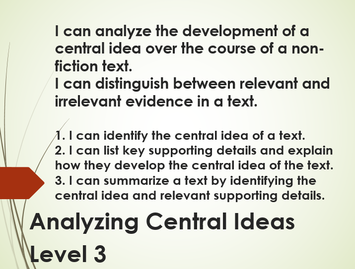
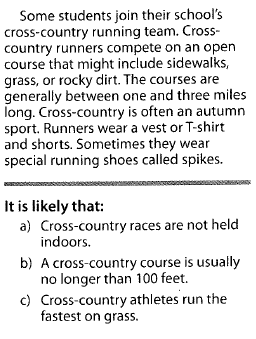

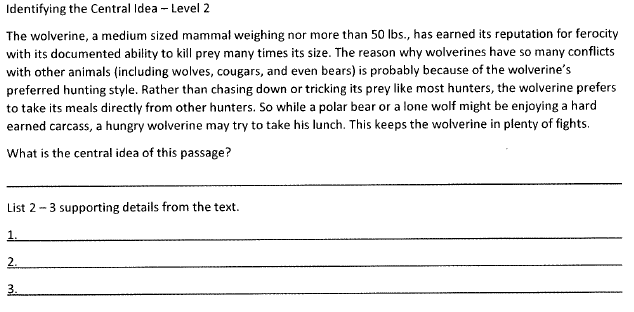
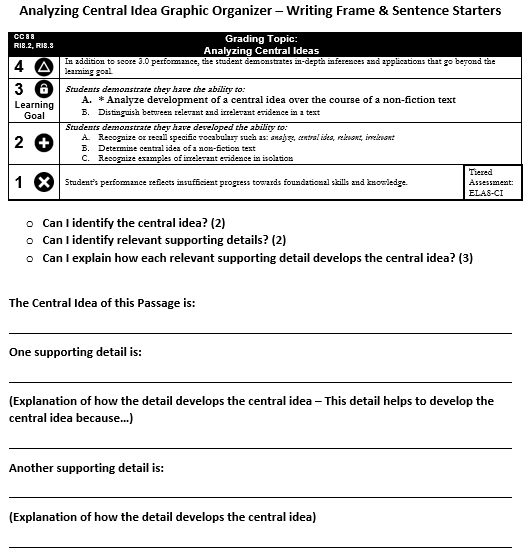

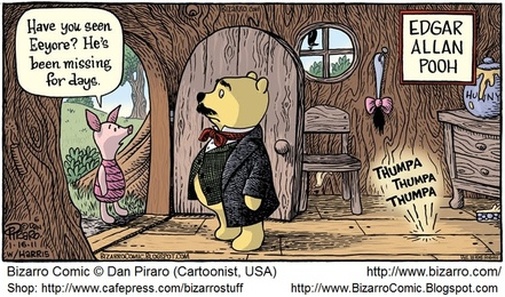
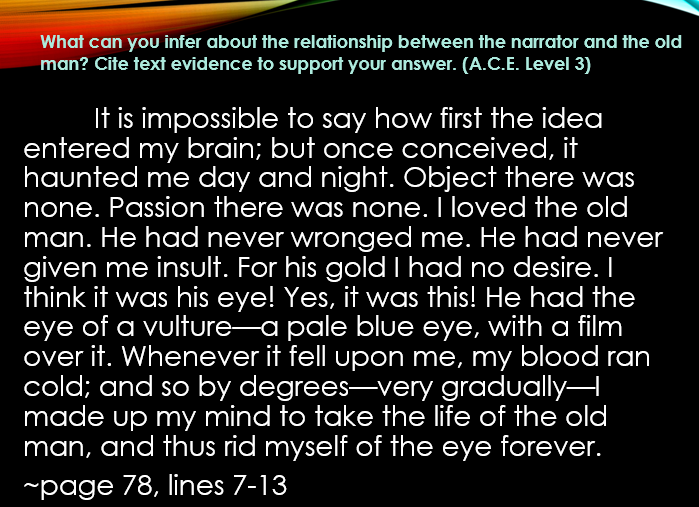
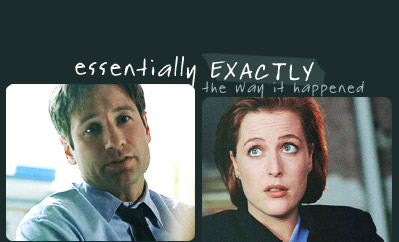
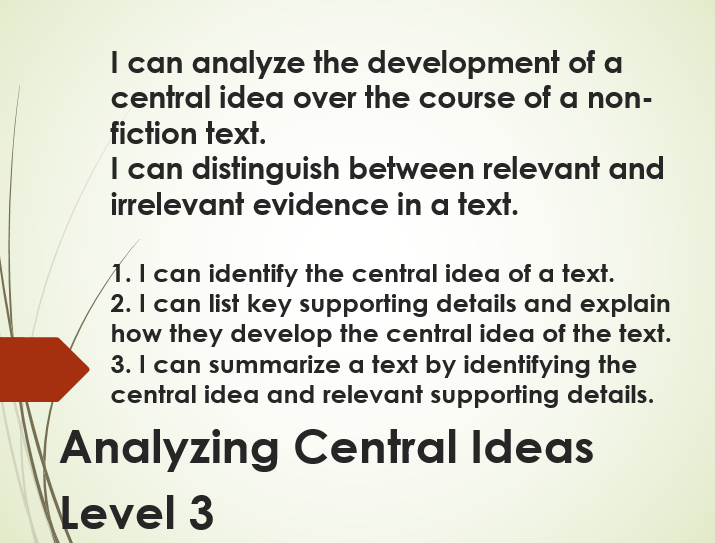
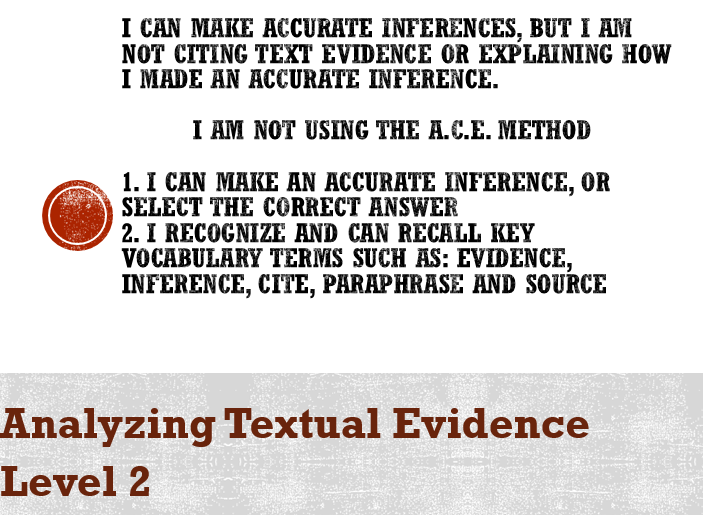
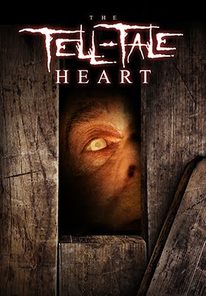
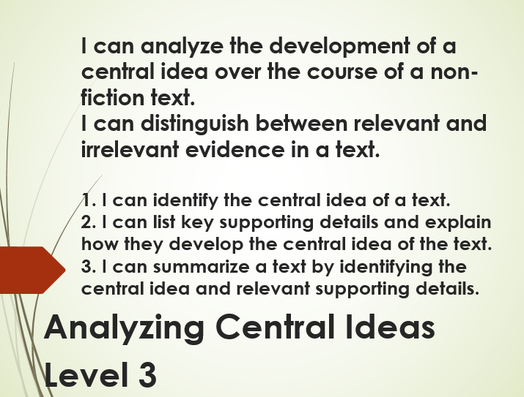


 RSS Feed
RSS Feed
